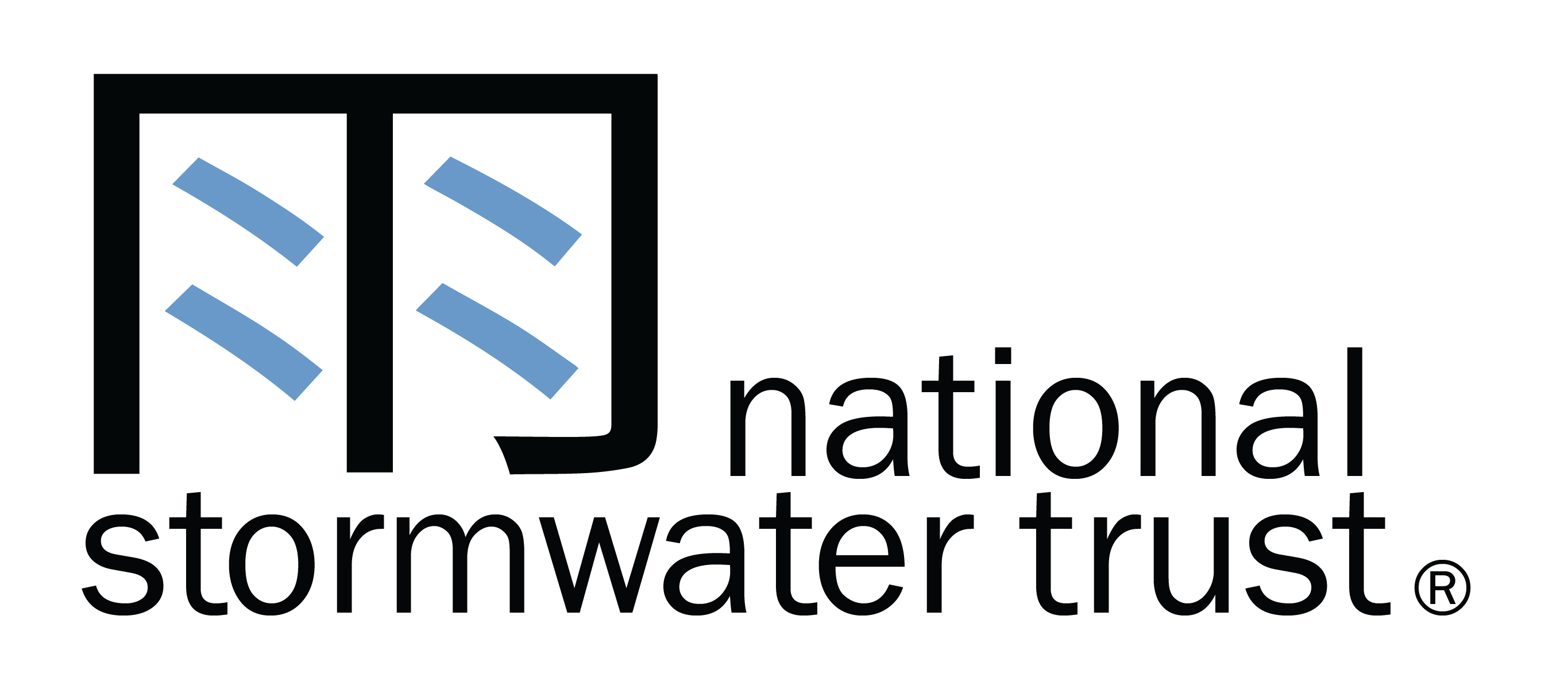We’re proud that Mark Thomasson, P.E. and Jeff Littlejohn, P.E. represented NST at the recent UF Water Institute Symposium on the panel: Continuously Monitored and Adaptive Control (CMAC), AKA “Smart” Ponds, For Multiple Water Resource Benefits In Florida. Mark led a presentation on Innovative Smart Ponds: How Do They Work? and Jeff shared insights on Smart Pond Technology for Improved Water Resource Benefits. The Symposium brought together over 500 attendees from various disciplines and organizations to explore water issues from multiple perspectives.
The presentations examined two potential applications of smart pond technology using stormwater as an alternative water supply. Conventional stormwater ponds are designed and built to hold a predetermined amount of runoff, but these ponds release partially treated stormwater during and immediately after rain events. With large storms, conventional ponds can overflow and flood the surrounding area with untreated stormwater, impacting communities and the environment.
The latest innovation in stormwater technology incorporates live weather forecast data to automatically operate equipment and lower the pond water level before a storm arrives. While the sun is still shining, a smart pond can automatically release treated water into the environment and thereby increase its flood storage capacity and water quality performance.
The improvements to Florida’s water resources from the use of smart ponds are tangible, and they go beyond just the benefits of flood control and water quality. Much of Florida is confronted with other water resource challenges, such as overallocated aquifers, and these challenges are forcing engineers, scientists, and community leaders to seek out alternative sources of water. Stormwater is generated in such significant quantities that, if appropriately managed and treated, it can effectively supplement or even replace groundwater as a source of drinking water or irrigation water supply.
The challenge has been how to cost-effectively manage and treat this water so that it may become beneficially reusable. Conventional approaches have involved extremely large stormwater reservoirs and costly treatment processes to get water of the appropriate quality in the right place and time to be reused. CMAC technology can help lower these barriers to cost-effective stormwater reuse and change the way we think about stormwater.
The ease with which existing stormwater facilities can be retrofitted with CMAC lends itself to innovative project delivery models. For example, stormwater ponds owned by the Florida Department of Transportation are being retrofitted with adaptive controls to generate nutrient removal credits. These credits are then purchased by other entities to meet water quality goals. Because CMAC systems collect real-time continuous data on the weather forecast, precipitation, storage volumes, discharge rates, residence time, and water quality parameters, performance is being documented to assure regulatory compliance.
Stay tuned for future updates as NST engages in thought-provoking discussions, workshops, and networking events. We are eager to see the innovative ideas and collaborations emerging from the gatherings of water industry and engineering professionals.

